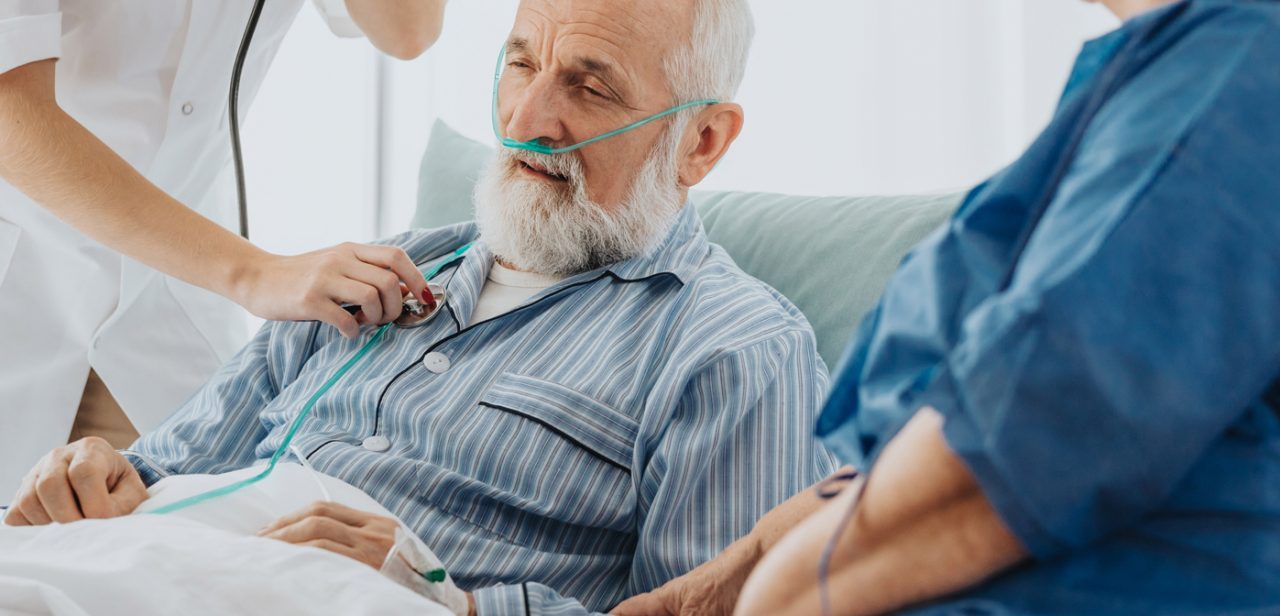Breathing problems are the second most common symptom of heart attacks

One in four heart attack patients have atypical symptoms such as breathing difficulties, extreme exhaustion, and abdominal pain, according to a study published today in European Heart Journal – Acute Cardiovascular Care, a journal of the European Society of Cardiology (ESC).1 Patients with atypical symptoms were less likely to receive emergency help and more likely to die within 30 days compared to those with chest pain.
“We found that atypical symptoms were most common among older people, especially women, who called a non-emergency helpline for assistance,” said study author Ms. Amalie Lykkemark Møller, PhD student, Nordsjællands Hospital, Hillerød, Denmark. “This suggests that patients were unaware that their symptoms required urgent attention.”
Heart attacks require fast treatment to restore blood flow and reduce mortality. Symptom recognition by patients and health staff is crucial to reduce delays. Ms. Møller said: “Little is known about how symptoms influence the actions of patients and medical services and impact survival.”
The study examined the associations between initial heart attack symptoms, the medical service response and 30-day mortality. The researchers collected data on all calls to a 24-hour medical helpline and an emergency number in the Capital Region of Denmark from 2014 to 2018. At the two services the primary symptom is registered along with the response. The researchers identified adults aged 30 and over who received a heart attack diagnosis within 72 hours of the call. Patients were divided into groups according to their primary symptom.
During the five-year period, a specific primary symptom was recorded for 7,222 of 8,336 heart attacks – chest pain was the most common (72%) while 24% of patients had atypical symptoms, the most frequent being breathing problems. The prevalence of chest pain was highest among men aged 30-59 calling the emergency number and lowest among women older than 79 calling the medical helpline. Atypical symptoms were mainly found among older patients, especially women, who called the helpline.
Among heart attack patients with chest pain, 95% and 76% received an emergency dispatch from the emergency number and medical helpline, respectively. In comparison, just 62% and 17% of heart attack patients with atypical symptoms received an emergency dispatch from the emergency number and medical helpline, respectively.
The 30-day mortality rate for heart attack patients with chest pain was 5% among those who called the emergency number and 3% among those who called the helpline. Rates were higher among heart attack patients with atypical symptoms: 23% and 15% died within 30 days after calling the emergency number and helpline, respectively.
To make a more like-for-like comparison of mortality between patients with chest pain versus atypical symptoms, the researchers standardised for age, sex, education level, diabetes, previous heart attack, heart failure, and chronic obstructive pulmonary disease. The standardised 30-day mortality was 4.3% for patients with chest pain and 15.6% for those with atypical symptoms.
Ms. Møller said: “Taken together, our results show that heart attack patients with chest pain were three times more likely to receive an emergency ambulance than those with other symptoms. People with atypical symptoms more often called the helpline, which could indicate that their symptoms were milder, or they were not aware of the severity. Vague symptoms may contribute to health staff misinterpreting them as benign.”
While breathing difficulties, extreme exhaustion, impaired consciousness, and abdominal pain were the most common heart attack symptoms after chest pain, Ms. Møller noted that in most cases these problems are not caused by a heart attack. “Unfortunately, people in this situation will not know the cause, but we hope our study improves awareness – particularly among older patients and health professionals – that it could be a heart attack,” she said.
“Death within 30 days was more than three-fold higher in those with atypical symptoms compared to chest pain,” she added. “This could be due to treatment delays caused by not receiving the appropriate emergency dispatch. However, it is unknown whether an increase in emergency dispatches alone would improve survival among heart attack patients with atypical symptoms – we aim to investigate this in future research projects.”
References
1Møller AL, Mills EHA, Gnesin F, et al. Impact of myocardial infarction symptom presentation on emergency response and survival. Eur Heart J Acute Cardiovasc Care. 2021. doi:10.1093/ehjacc/zuab023. Link will go live on publication: https://academic.oup.com/ehjacc/article-lookup/doi/10.1093/ehjacc/zuab023




